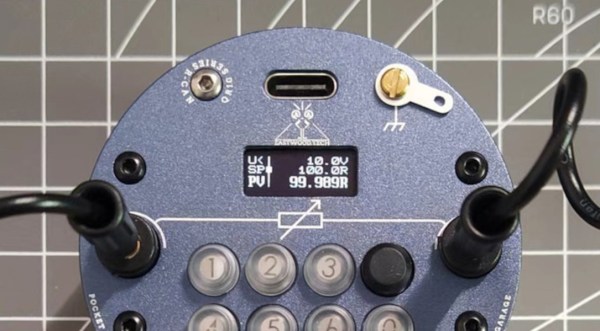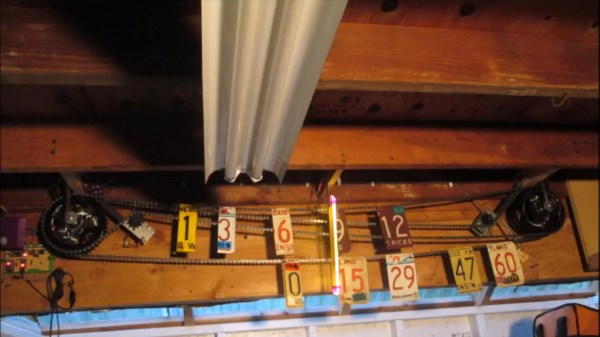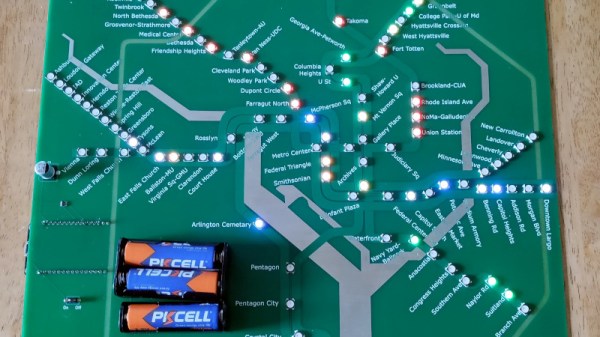DOOM was first released for MS-DOS, and is one of the pillar titles of the broader first-person-shooter genre. It’s also become a bit of a meme for being ported to any and every weird platform under the sun. Now, a group of developers in Costa Rica have found a way to flip that joke around – by porting an old mobile DOOM game back to the PC.
The game in question is DOOM RPG, made for BREW and Java-compatible phones in 2005. A group named GEC.inc has taken that game and ported it to Windows, outlining their work on the Doomworld forums. As with many such projects, the port is freely available, but doesn’t include the raw game files themselves due to copyright. You’ll have to find the gamedata yourself, and combine it with the files the group published on the forum to get it to work on a modern PC.
For those that have missed the turn-based role playing game based in the DOOM universe (Doomiverse?), today is a good day. No longer must you pine for your ancient, crusty Java smartphone of yesteryear. Now you can play the game on a less awful platform, and listen to the unique and compelling MIDI-esque soundtrack.
Doom ports are hot right now, whether it’s to forgotten Apple OSes or Sega arcade hardware. Video after the break.
Continue reading “Porting DOOM But In The Opposite Direction”



















